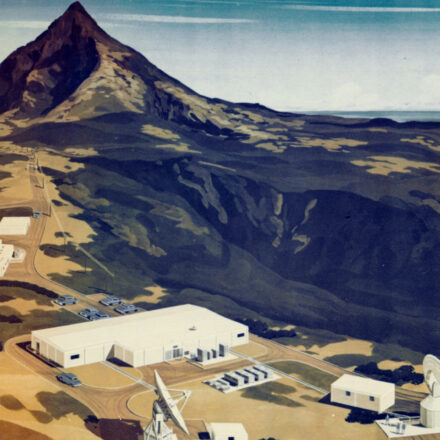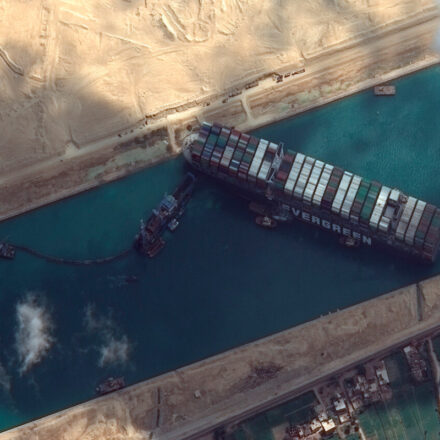At global dis:connect, we start from three basic forms of dis:connectivity that are of central importance in historical and contemporary globalisation processes. These three basic phenomena are absences, detours and interruptions. They structure our work and promote interdisciplinary exchange on dis:connectivity. We focus on these forms without a normative preconceptions or claims of completeness.
ABSENCES
Absence marks processes of globalisation as much as presence, invisibility as much as visibility. As the connections that drive technological and economic globalisation become tighter and more diverse, they broaden the resulting gaps and marginalisations.
DETOURS
A detour is an undesired, often unintended, longer and usually more arduous route to a destination. Detours coincide with stagnation, delay and waiting. They come into sharp relief in the history of migration, which shows that detours and the impeded mobility they induce inhere in all migratory movements of the past and present.
INTERRUPTIONS
Hardly any global connection is continuously, uniformly enduring. Most processes of integration are cyclical, sometimes gathering momentum rapidly, sometimes slowly, and sometimes losing momentum entirely. Connections might serve only a single purpose, but not others, or they can be utterly and radically terminated.
LABORATORIES OF DIS:CONNECTIVITY
Laboratories of dis:connectivity are easily graspable and manageable units in which complex phenomena, such as interruptions and the absence of global connections, become visible in their concrete meaning. They can be ‘stabilised’ or ‘frozen’, so to speak, for the period of investigation.
CULTURAL INFRASTRUCTURE
Cultural infrastructure refers to the tangible, intangible and institutional elements that support and facilitate cultural, particularly artistic, activities and experiences in a society. the term encompasses a range of components that contribute to the development, preservation and dissemination of cultural assets. It can include organisations, activities and spaces.
TEMPORALITIES
Dis:connectivity applies not only to spatial phenomena but to ‘transtemporal’ relationships as well. Globalisation processes act on disparate spaces where there are often highly divergent understandings of the past, present and future.









